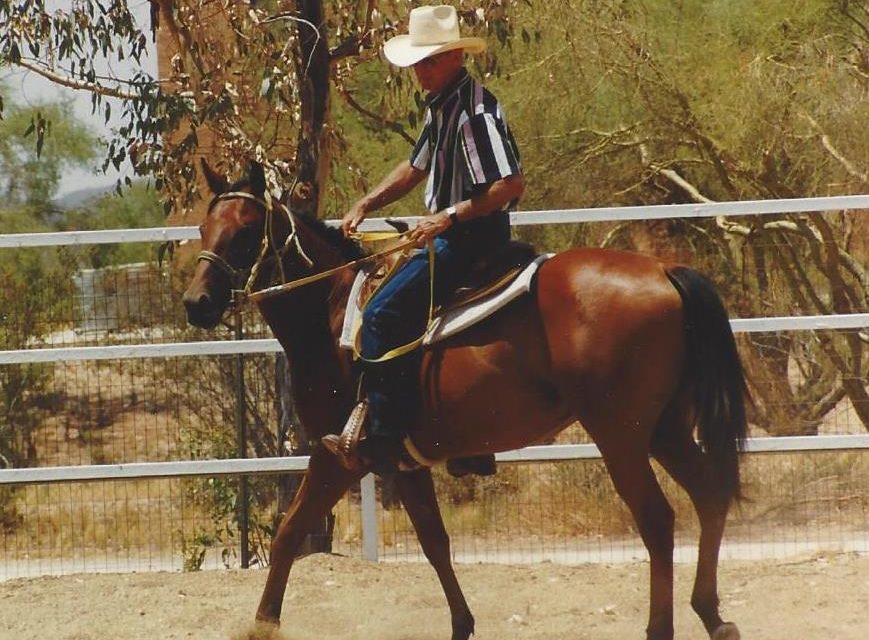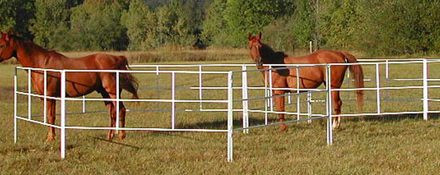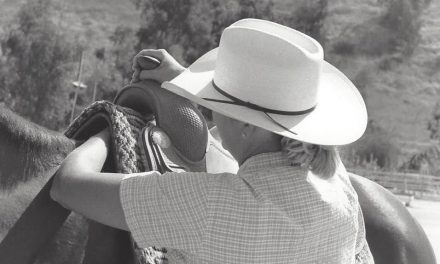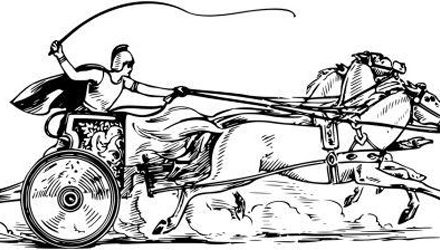A Horse, Of Course
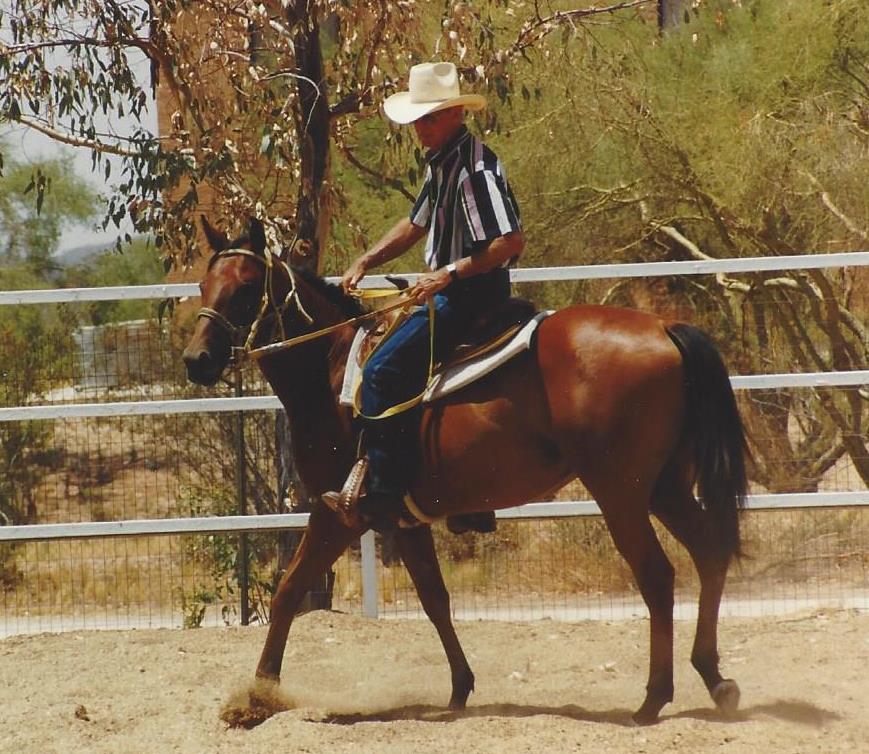
There’s virtually something for everyone in the world of horses–barrel racing to dressage, halter to jumping, working cow horse to driving, gaited to trail-in-hand, back-country packing to downtown parades. To each his own!
If you can do it on a horse or with a horse, there’s probably an organization that sponsors or records it. (There’s no less than 137 recognized breed associations in the US and most have some way of telling and showing you all about their horses.)
And there’s more than one way to train that horse—clickers to crops, spurs to carrots, science to intuitive feeling. To each his own!
But there is a single principle that applies to all disciplines, events, breeds and training: Never apply unnecessary stress to the horse’s neurological, skeletal or muscular systems.
Apply stress, yes!
Stress is a requirement for maturity, growth, strength and overall development.
Horses spook and panic because they are herd animals with natural predators. They take flight rather than fight and they are designed very well to cover ground in a hurry.
Flight for a horse is an instinct. Instincts can be modified with behavioral training. Training is partially the application of controlled and well-regulated stress.
The horse’s mind does not get quiet in strange or unusual situations if it has not been trained to seek the protection of the handler.
The trainer must first earn the horse’s respect by being a confident and charismatic leader; not a pal, not a friend, not a playmate.
Once the leadership role has been established, the leader can place the horse in any number of “scary” situations and demonstrate to the horse that turning to the leader for protection is the best way to eliminate any danger. (Listen to my requests—cues—and all will be well.)
It’s the use of small, but necessary stresses from which the horse learns to trust in spite of his fears.
“Sacking out” is a method of getting a horse over the fear of some things…but it isn’t a very good way of accomplishing the desired result…it violates the “principle” and applies “unnecessary stress” to the neurological system.
There are better ways to train a horse than “flooding”–the use of multiple continuing stresses.
Many advocate delaying the training and riding of young horses. The position is that the horse’s bone structure needs to mature before being stressed. That approach has a major flaw; without stress the bone doesn’t mature, so it is just as weak and undeveloped when the horse is four as it was when the horse was two.
Others say, and studies show that young horses that are stressed with riding training at an early age stay sounder longer than horses put into training at an older age.
Stress, then rest, is what develops strong bones, muscle and minds.
Stressed bone develops density so it can withstand additional stress, and muscle gains mass so it too can handle more stress.
The key, of course, is in not violating the principle.
We have hundreds of choices about what to do with horses and how to do it. And that’s a wonderful thing. To each his own!
Most of the multitude of things we do with a horse, however, are not natural to the horse, so “training and conditioning” become necessary. Training and conditioning require stresses.
The superior trainer applies the requirement of stressing the horse, yet never violates the single universal principle. After that, to each his own!
Visit www.equinestudiesinstitute.org to earn certification as a horse trainer, riding instructor or stable manager, All courses online.

